Are September’s cooling temperatures beckoning you outside? If so, this may be a great time to get busy in the garden.
For certain produce and flowering plants, this month is perfect for planting. These 10 options will either bloom or be ready for harvesting within one to three months. Want to add fresh carrots to a holiday carrot cake? Plant ’em now and they’ll be ready by Christmas!
1. Violas
With their bright colors, violas may seem like a summer flower, but they actually love cooler weather. In September, you can plant the seeds in pots (their compact size makes them a good fit for containers) or in the ground (they can make a lovely border to a garden or an outdoor path). They grow best in moist garden soil with organic compost or a peat-based potting mix, in hardiness zones 3 to 8. They prefer partial shade and don’t need a lot of water.
Depending on the variety, violas begin blooming about 9 to 14 weeks after you plant them. If you’re looking for other flowers to complement them as they spruce up your fall garden, try adding snapdragons or calendula, too.
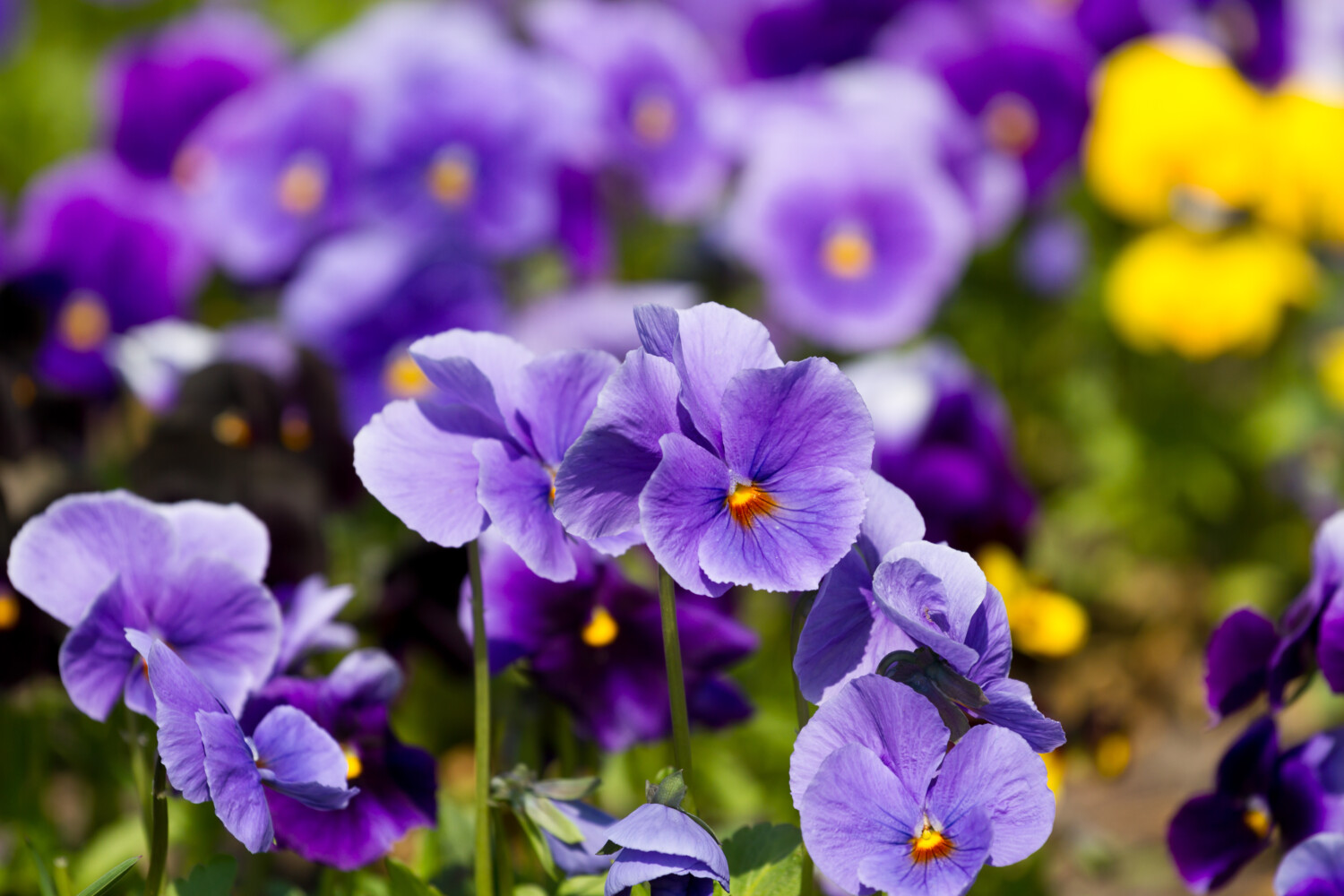
2. Zinnias
Why do zinnias make the list of flowers you can plant in September? Because they grow so fast! They bloom just one month after you sow them. The best time to do that is once the temperatures begin to cool at summer’s end. They grow best in full sun and moist (but well-draining) soil, and they thrive in hardiness zones 6 to 11. Trimming them often will promote more flowering and attract pollinators like bees and butterflies.
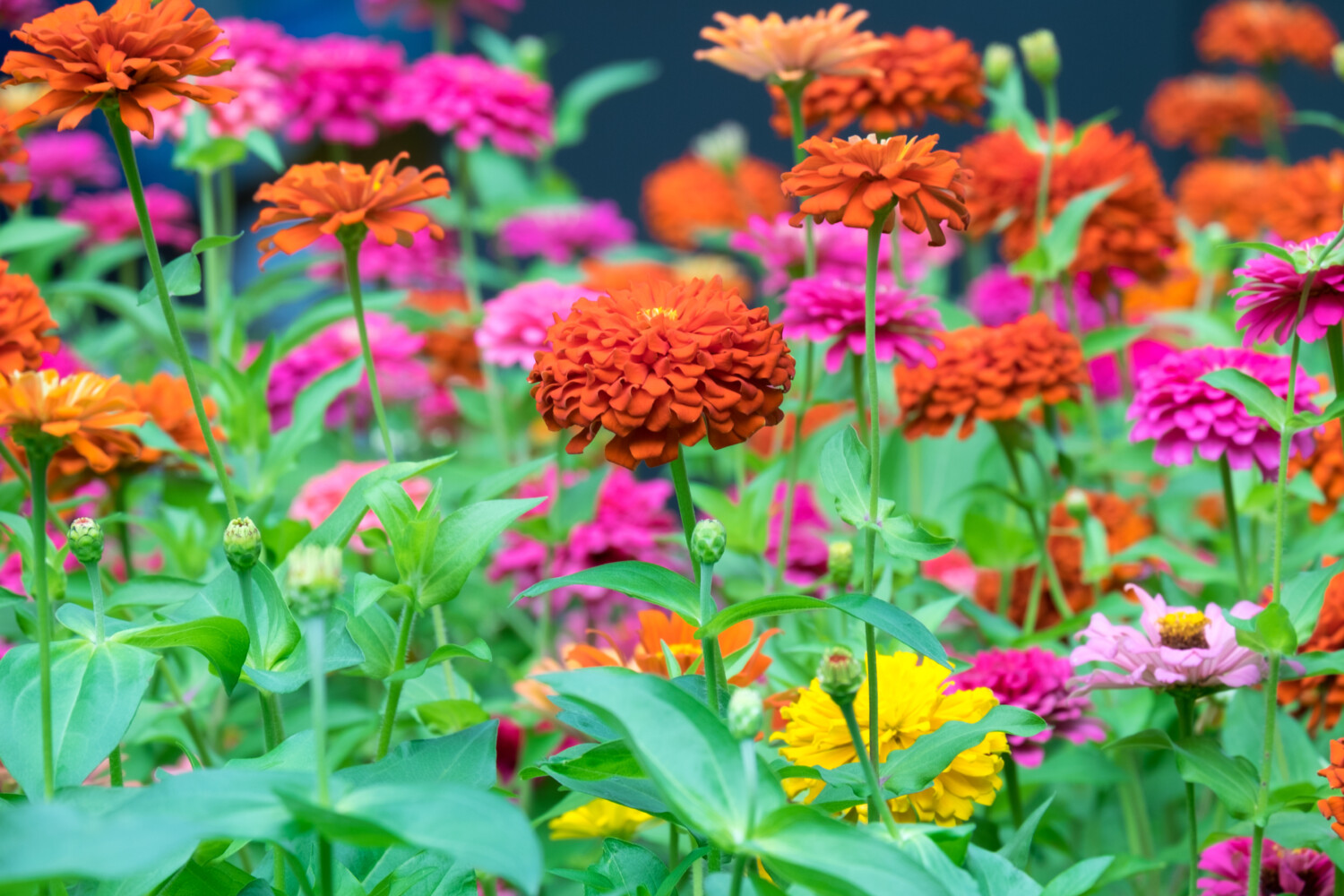
3. Asters
Asters are another late-season beauty that bloom when other flowers are starting to fade. Sow aster seeds in September, and they should flower three months later. They’ll grow best if you plant them in a location that gets at least six hours of full sun each day. For the soil, choose a good quality potting mix or a well-drained soil enriched with organic compost. Only water when the soil is dry. These plants thrive in hardiness zones 3 to 8.
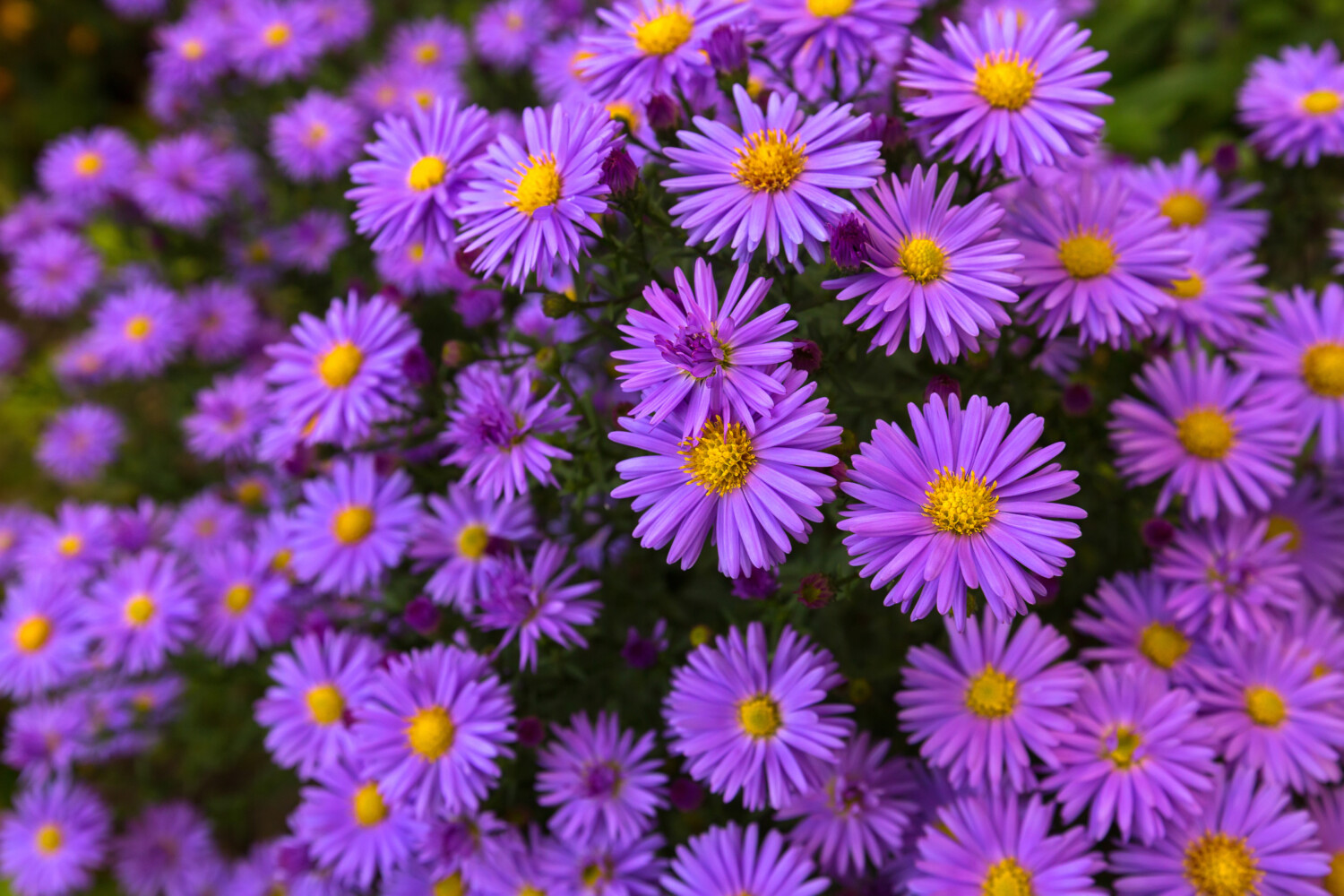
4. Red Twig Dogwood
Even in the dead of winter, the hardy red twig dogwood shrub is bursting with brilliant red color. (It also comes in yellow, orange and coral.) You can buy this shrub in pots at your local nursery and plant it in a sunny spot with well-draining soil. It can also work in a large container (it grows 3 to 5 feet tall and wide) with an all-purpose potting mix. It thrives best in hardiness zones 3 to 8.
This low-maintenance plant could use pruning once a year. Other plants that complement the red twig dogwood are Joe-Pye weed, winterberry, pussy willow, asters, maiden grass, azaleas and rhododendrons.
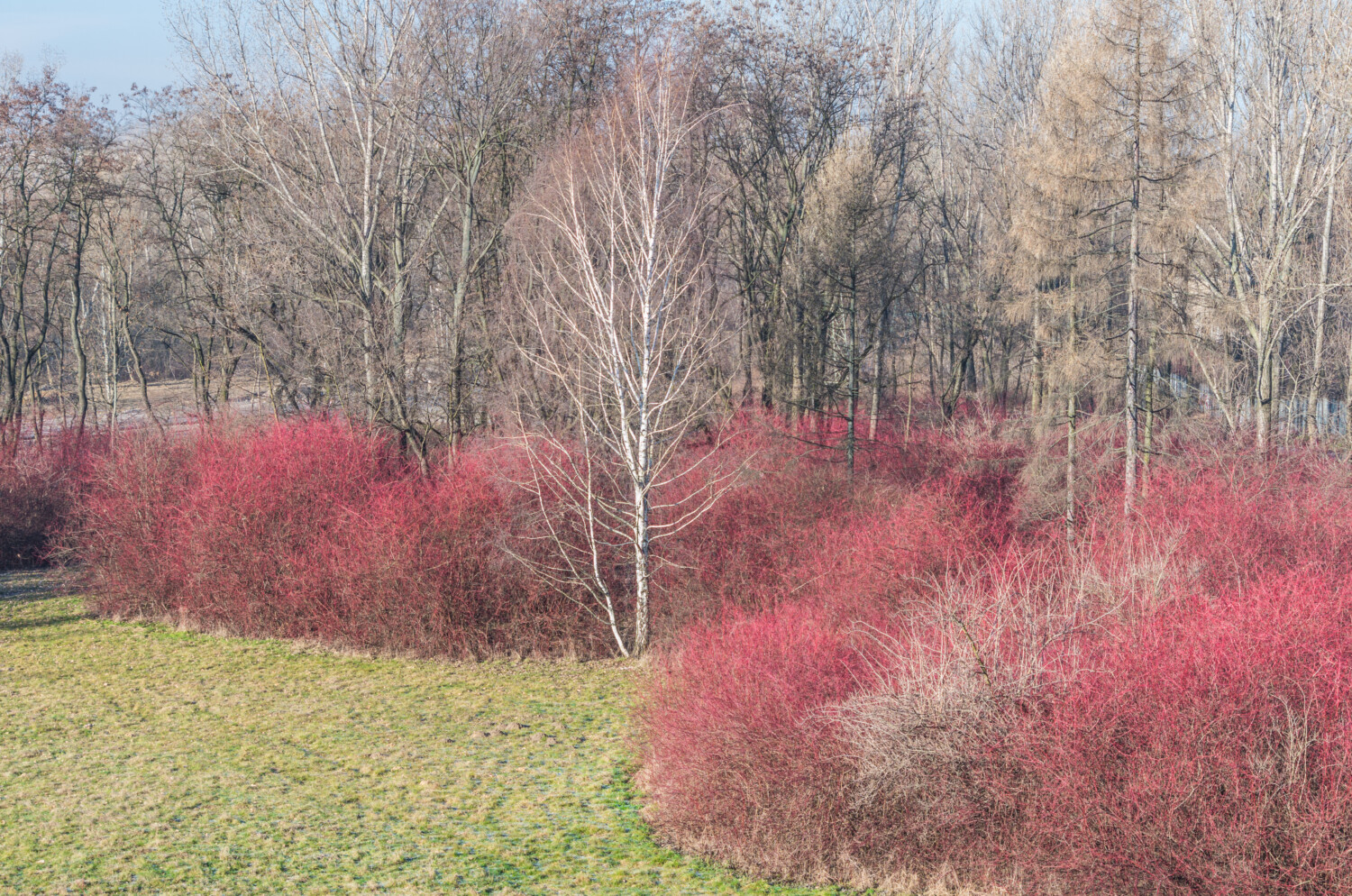
5. Pansies
As with violas (the flowers from which pansies are derived), you can plant pansy seeds in September to enjoy the blooms three months later. They do best in hardiness zones 3 to 8. Plant them in full or partial sun with moist but well-draining soil. The perfect spot would allow them to bathe in the morning sun but not the late-afternoon heat.
Pansies can be grown from seeds, of course, but if you want them to bloom sooner, buy some already-established plants from your nursery. They also grow well in containers. They look great alongside other cool-temperature flowers like sweet alyssum, primroses and trailing lobelia.
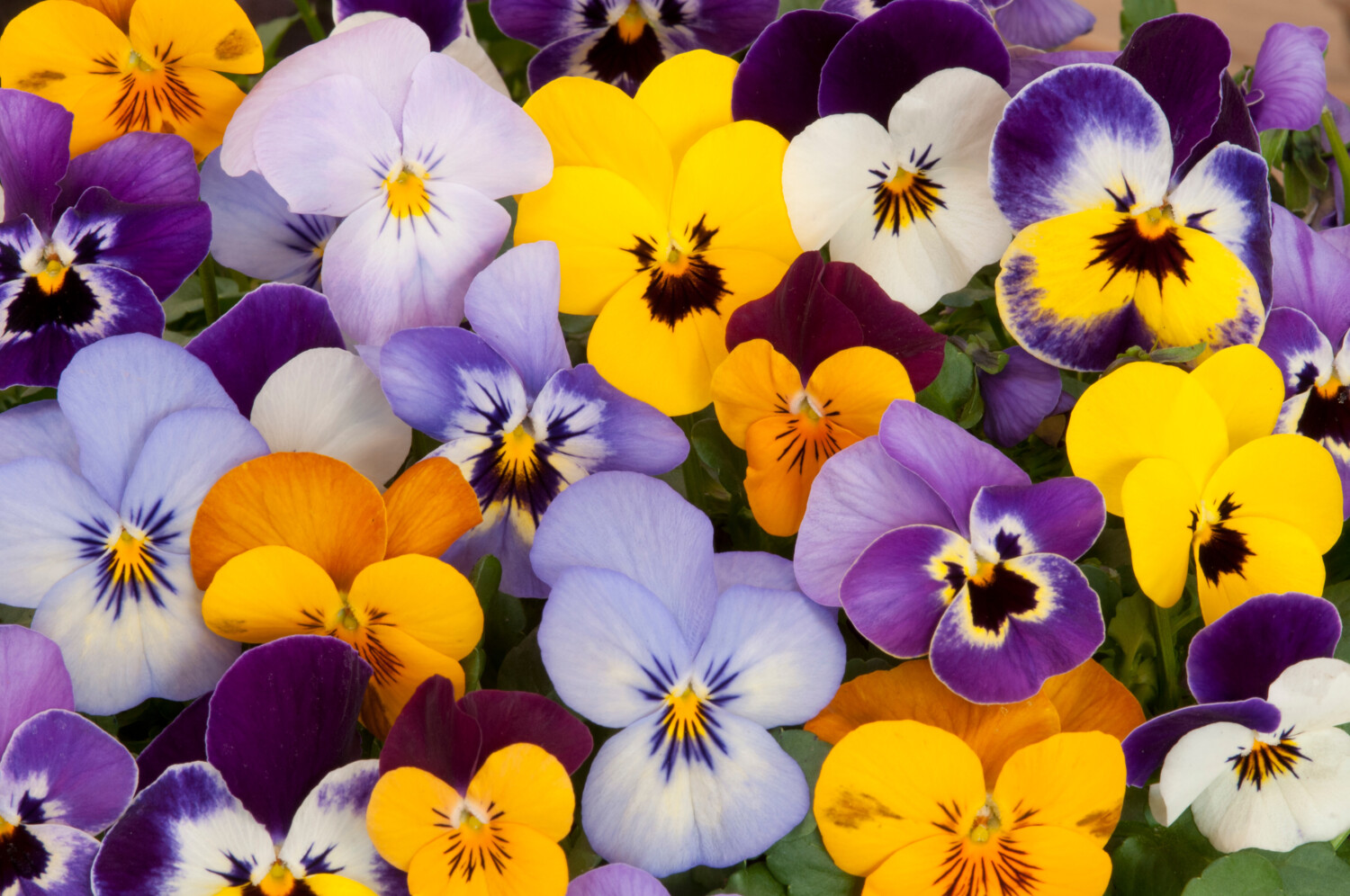
MORE: 5 perennials you should divide in late summer or early fall
6. Spinach
Plant spinach in September, and you’ll have it ready for fresh salads in November. The perfect spot for it would have full to partial sun, and soil mixed with organic compost. Water spinach frequently enough to keep the soil moist. Be sure to watch for the leaves to mature, and then harvest right away as waiting too long can lead to bitter-tasting spinach. It grows best in hardiness zones 3 to 9.
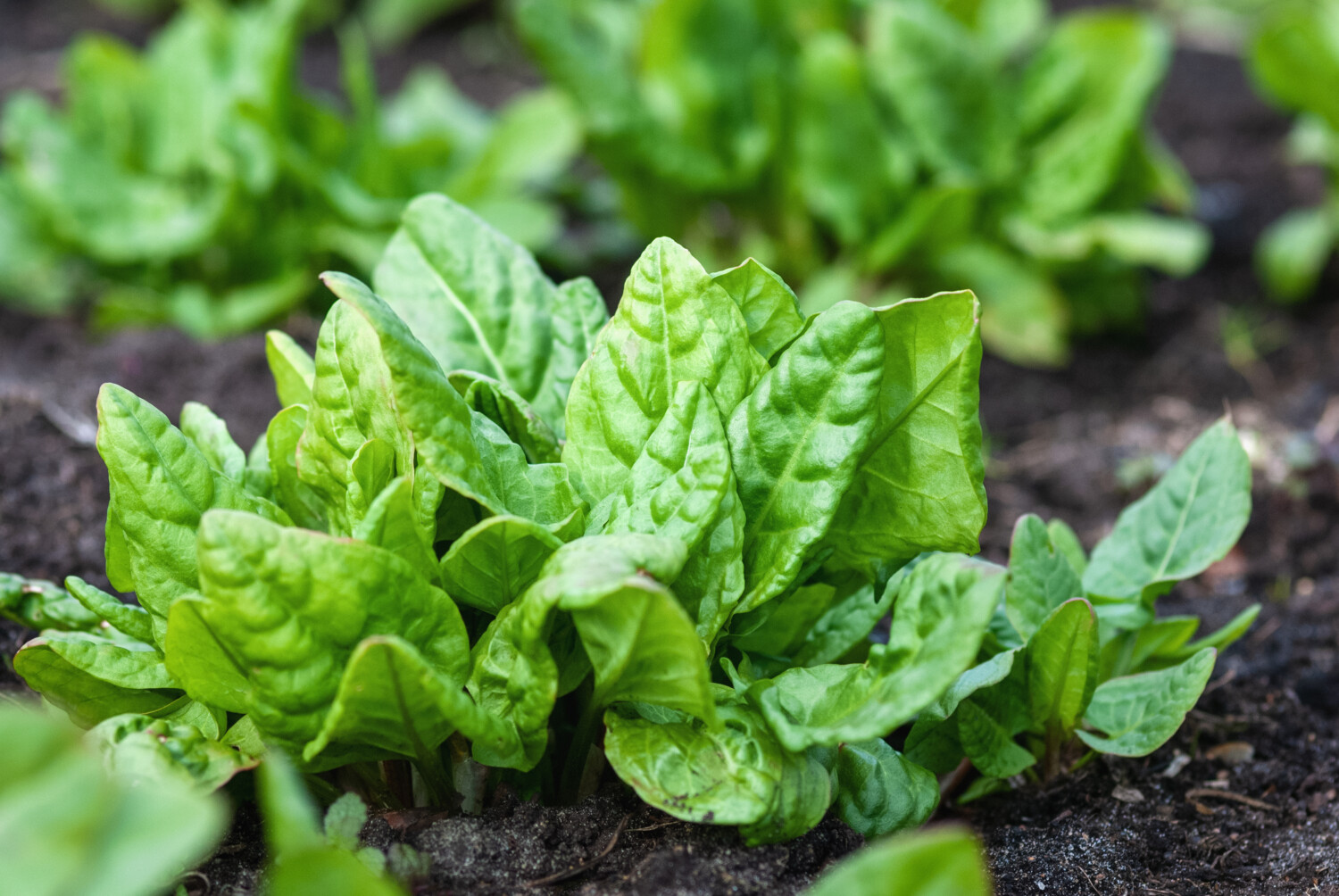
7. Beets
If you plant beet seeds in September, they will be ready to harvest in 9 to 10 weeks. (That’s just in time to include them in this holiday salad.) Though beets can also be planted in spring, those sown in fall are sweeter and have a more vibrant color.
Beet plants like to get at least six hours of direct sunlight each day, and be sure to water them frequently enough to keep the soil moist. Pull them up from the earth when the beets are golf ball-sized or larger. Beets grow best in hardiness zones 2 to 11.
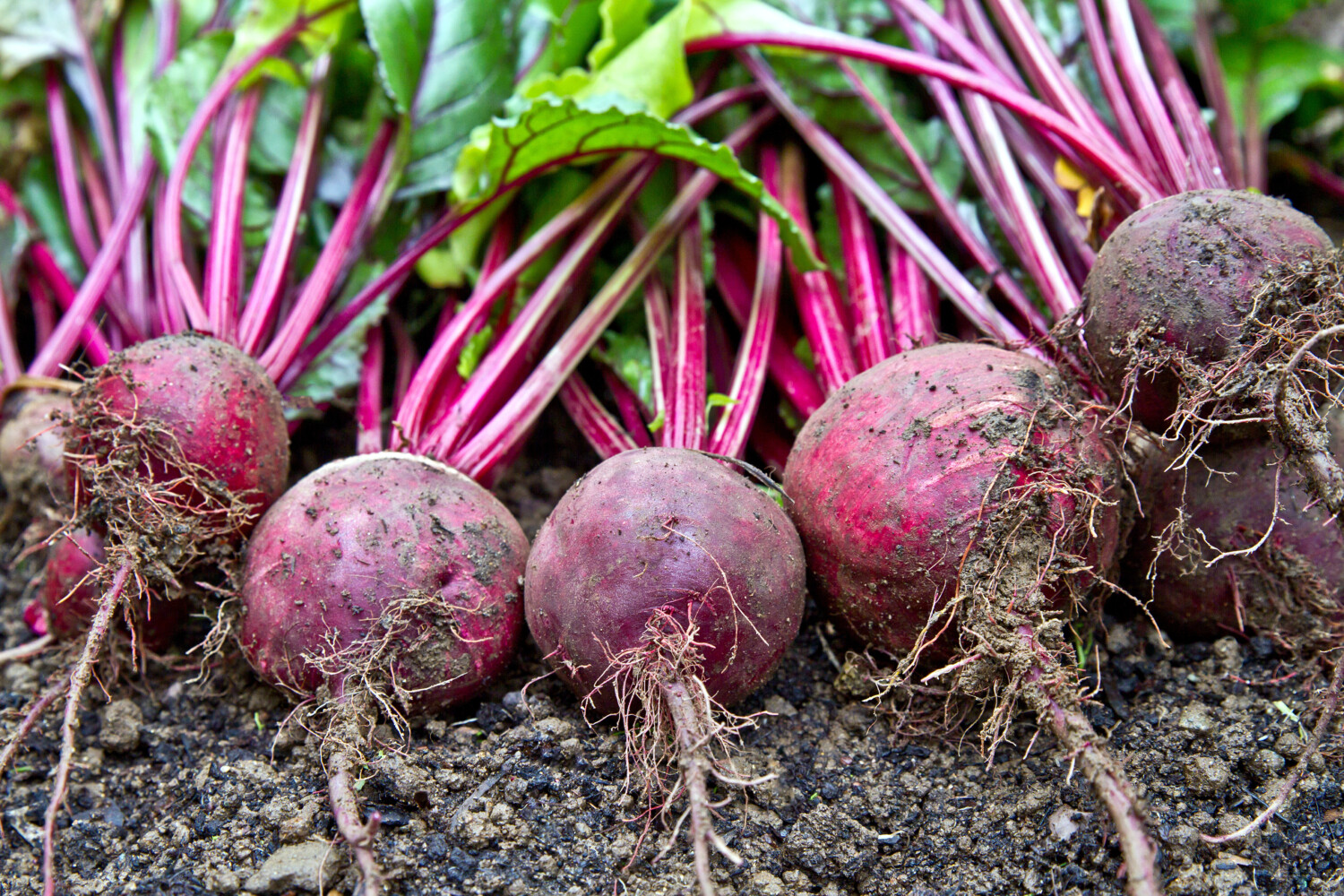
8. Carrots
Carrots can be planted in the spring or the fall. If you plant them in September, they’ll be ready two to three months later. As with beets, carrots planted in fall can be sweeter. Just make sure to use an airy, sandy soil with plenty of organic compost. And water often as the soil needs to be consistently moist. Finally, carrots love the sun, and eight hours a day would be ideal. They thrive best in hardiness zones 3 to 10.
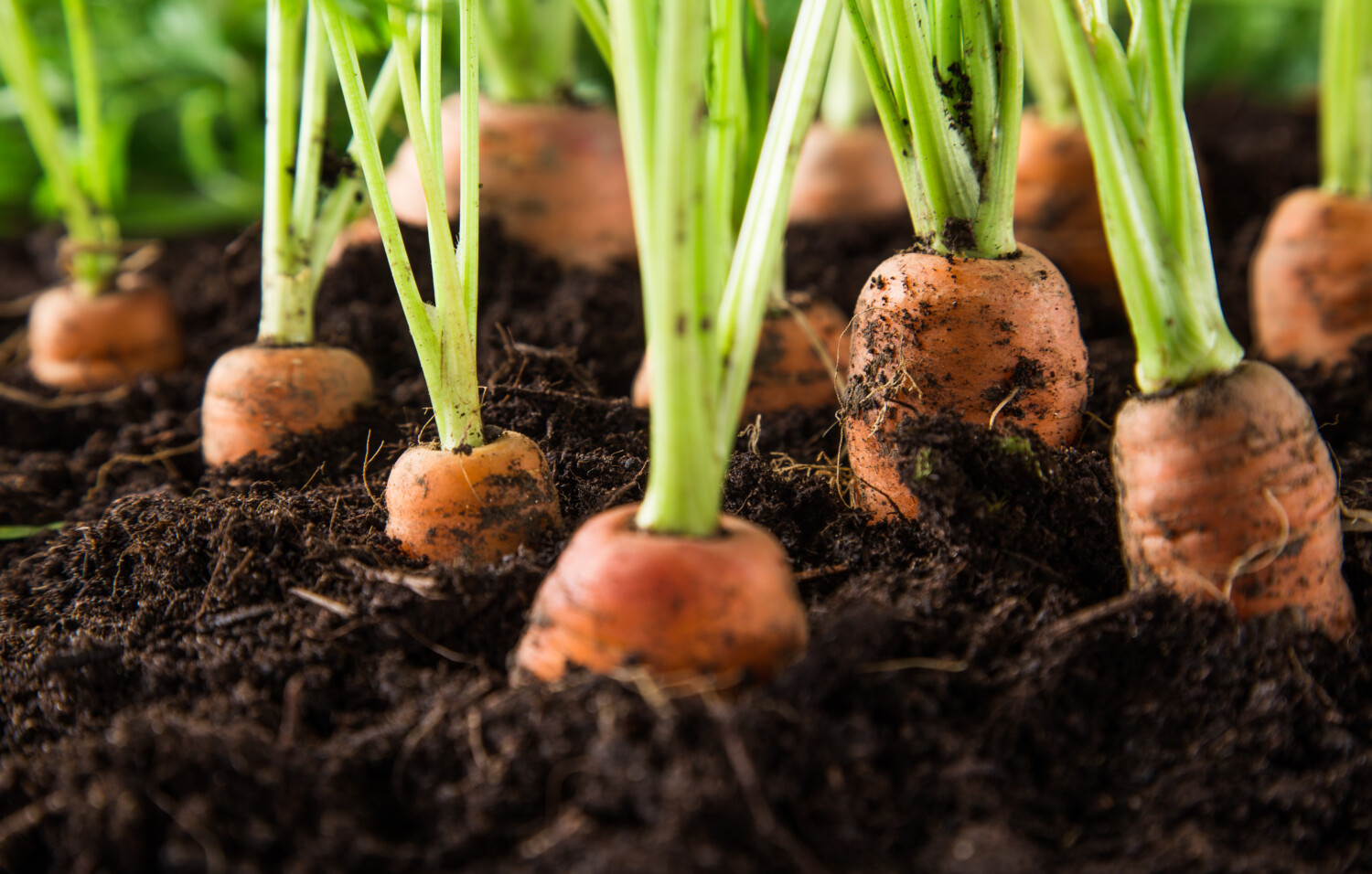
MORE: How to freeze tomatoes so they last for months
9. Radishes
Radishes can grow in as little as 20 days, so planting the seeds in September means enjoying some fresh radishes by late October. Choose a spot in your garden with at least six hours of sun a day and make sure to water the seeds consistently and thoroughly. Radishes are great companion plants for carrots and beets. They thrive in hardiness zones 2 to 11.
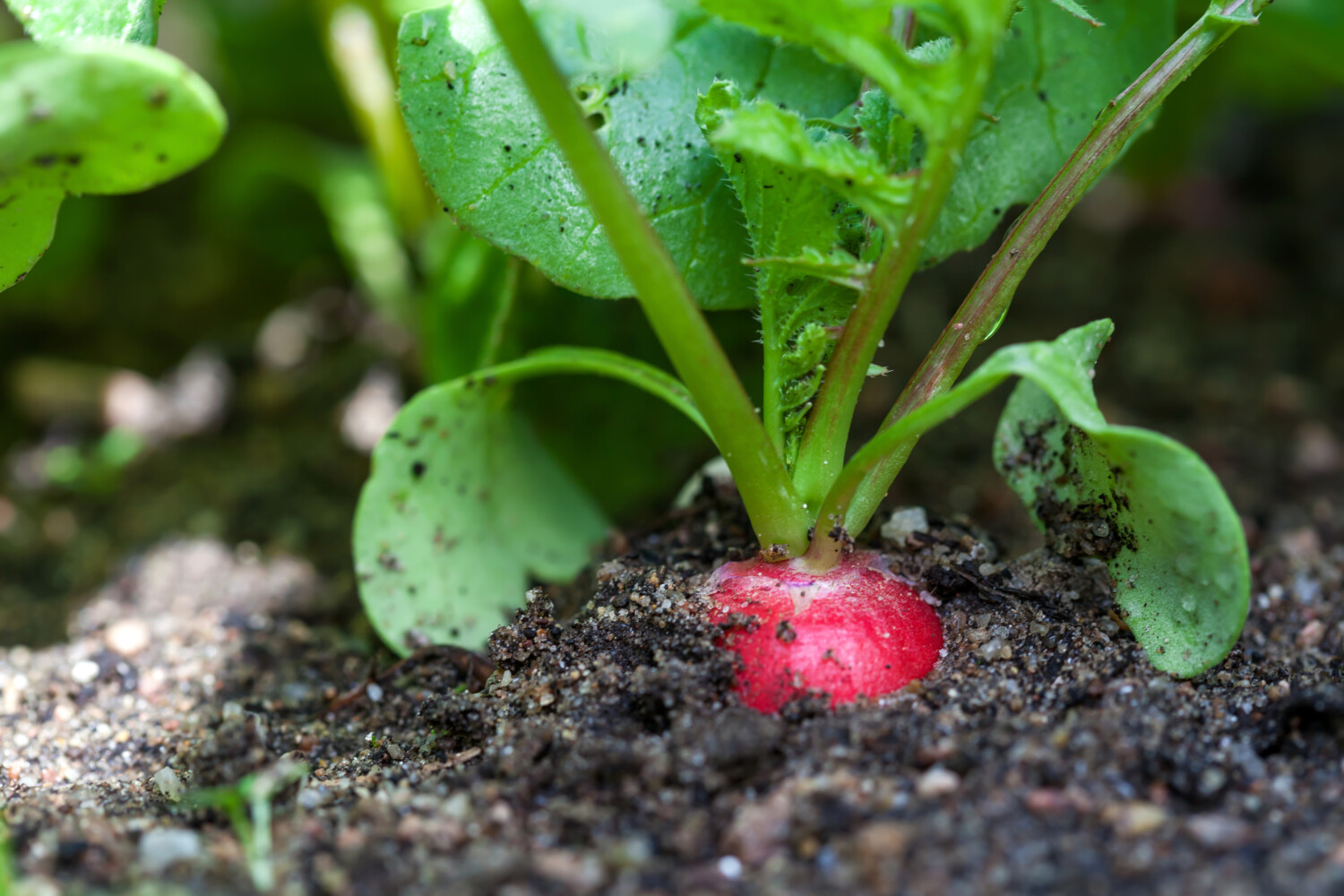
10. Arugula
Arugula is a pungent, peppery leafy green that you can plant in September and enjoy in late fall. Find a spot in full sun or partial shade where the soil is rich in organic matter (or add compost). Water it enough to keep the soil moist. Arugula is a hardy plant that thrives in hardiness zones 3 to 11.
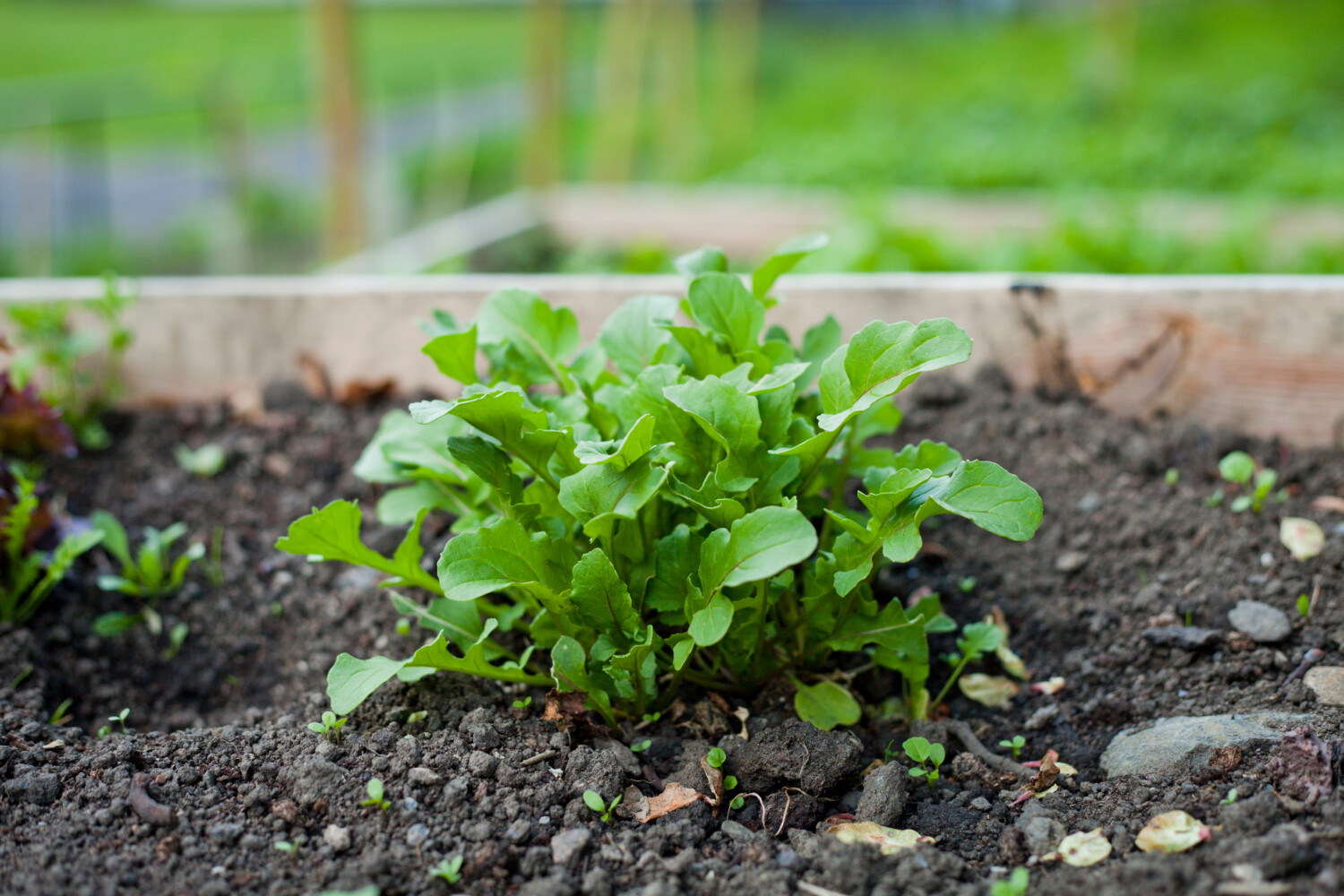
Any products or services mentioned above were selected independent of sales and advertising. However, Simplemost may receive a small commission from the purchase of any products or services through an affiliate link to the retailer's website.
This story originally appeared on Simplemost. Check out Simplemost for additional stories.


